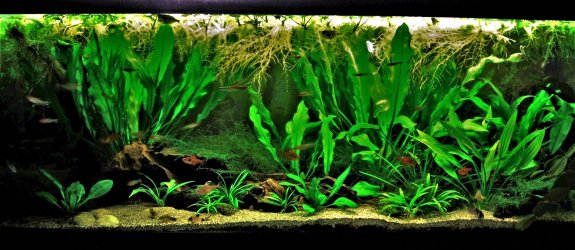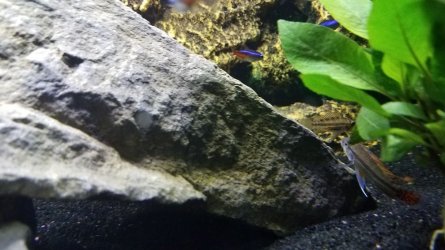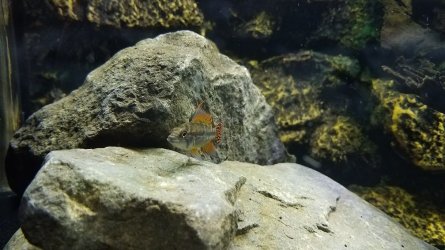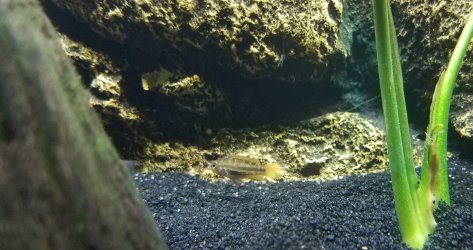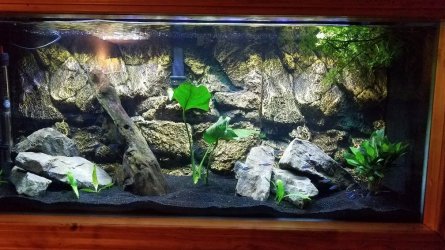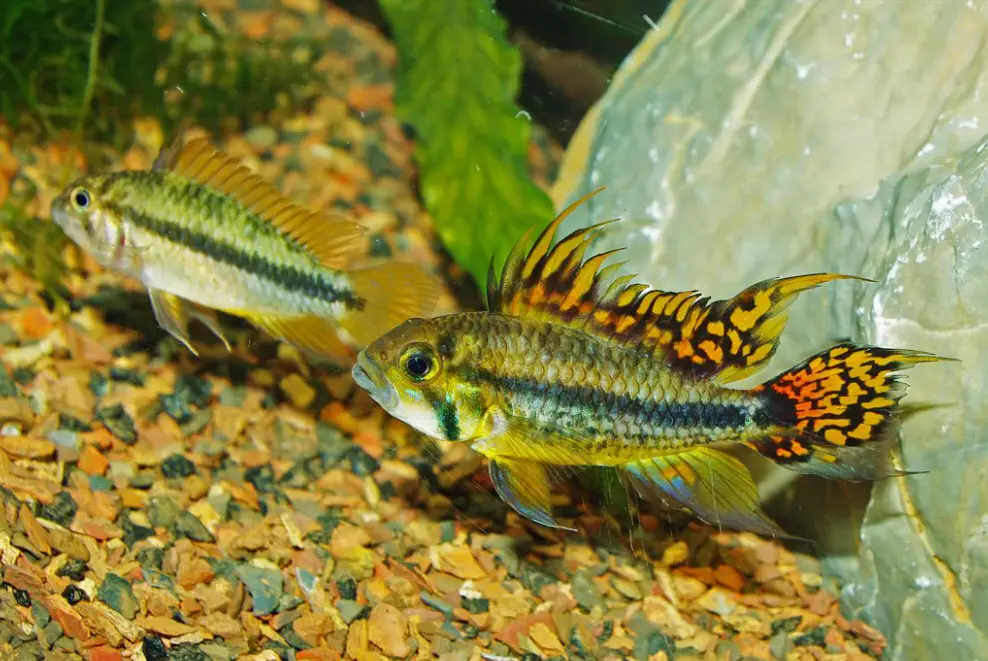Tool13x
Fish Fanatic
I have a 30 gallon (36"x12"x18") I want to set up with South American fish. The main fish I want to eventually have in there are Apistogramma. They are very hard to find here but they they do turn up every now and then. Ideally Id like to have a harem (1m,3f) of Cacatuoides or Macmasteri.
Im not interested in breeding them at the moment so Id like to rehome a shoal of Neon Tetras into this tank and add another species, can anyone suggest another shoaling species that would do well with Apistogramma spp. and Paracheirodon innesi? Maybe some Rummynose tetras?
I am also a sucker for Corydoras and Id like to add 5 to this tank if I have room, do you think id have any issues and any species suggestions?
Im looking forward to the suggestions, its always interesting to see what the forum comes up with.
Im not interested in breeding them at the moment so Id like to rehome a shoal of Neon Tetras into this tank and add another species, can anyone suggest another shoaling species that would do well with Apistogramma spp. and Paracheirodon innesi? Maybe some Rummynose tetras?
I am also a sucker for Corydoras and Id like to add 5 to this tank if I have room, do you think id have any issues and any species suggestions?
Im looking forward to the suggestions, its always interesting to see what the forum comes up with.


